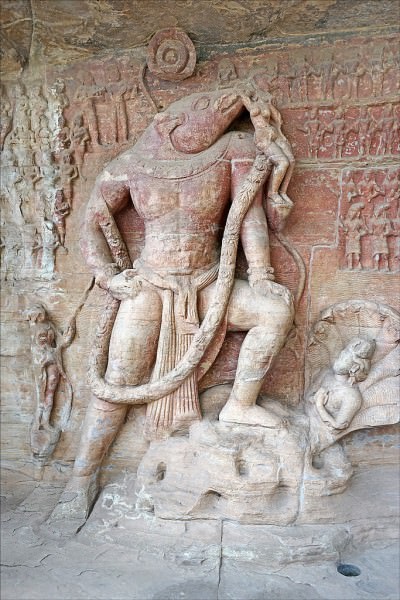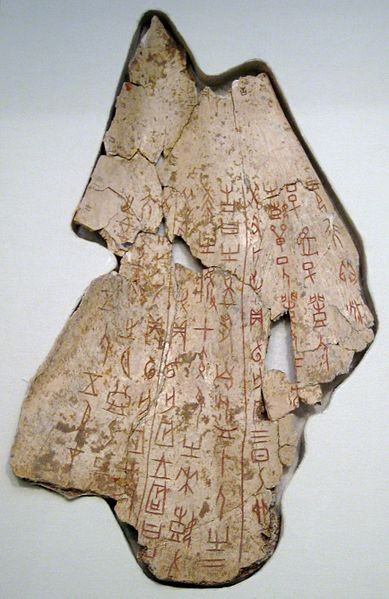RELIGION IN CHINA & INDIA
This principle of order is also paramount in the world's oldest religion still being practiced today: Hinduism(known to adherents as Sanatan Dharma, 'Eternal Order'). Although often viewed as a polytheistic faith, Hinduism is actually henotheistic. There is only one supreme god in Hinduism, Brahma, and all other deities are his aspects and reflections. Since Brahma is too immense a concept for the human mind to comprehend, he presents himself in the many different versions of himself which people recognize as deities such as Vishnu, Shiva, and the many others. The Hindu scriptures number the gods at 330 million, and these range from those who were known at a national level (such as Krishna) to lesser-known local deities.
The primary understanding of Hinduism is that there is an order to the universe and every individual has a specific place in that order. Each person on the planet has a duty (dharma) which only they can perform. If one acts rightly (karma) in the performance of that duty, then one is rewarded by moving closer to the supreme being and eventually becoming one with god; if one does not, then one is reincarnated as many times as it takes to finally understand how to live and draw closer to union with the supreme soul.
This belief was carried over by Siddhartha Gautama when he became the Buddha and founded the religion known as Buddhism. In Buddhism, however, one is not seeking union with a god but with one's higher nature as one leaves behind the illusions of the world which generate suffering and cloud the mind with the fear of loss and death. Buddhism became so popular that it traveled from India to China where it enjoyed equal success.
In ancient China, religion is thought to have developed as early as c. 4500 BCE as evidenced by designs on ceramics found at the Neolithic site of Banpo Village. This early belief structure may have been a mix of animism and mythology as these images include recognizable animals and dragons. By the time of the Xia Dynasty (2070-1600 BCE), there were many anthropomorphic gods worshiped with a chief god, Shangti, presiding over all. This belief continued, with modifications, during the period of the Shang Dynasty (1600-1046 BCE) which developed the practice of ancestor worship.
The people believed that Shangti had so many responsibilities that he had become too busy to handle their needs. It was thought that, when a person died, they went to live with the gods and became intermediaries between the people and those gods. Ancestor worship influenced the two great Chinese belief systems of Confucianism and Taoism, both of which made ancestor worship core tenets of their practices. In time, Shangti was replaced with the concept of Tian (heaven), a paradise where the dead would reside eternally in peace.
In order to pass from one's earthly life into heaven, one had to cross the bridge of forgetfulness over an abyss and, after looking back on one's life for the last time, drink from a cup which purged all memory. At the bridge, one was either judged worthy of heaven - and so passed on - or unworthy - and slipped from the bridge into the abyss to be swallowed up in hell. Other versions of this same scenario claim the soul was reincarnated after drinking from the cup. Either way, the living were expected to remember the dead who had passed over the bridge to the other side and to honor their memory.
Information collected from internet.
Integrated by the author.




Comments
Post a Comment
Check out the ultimate posts